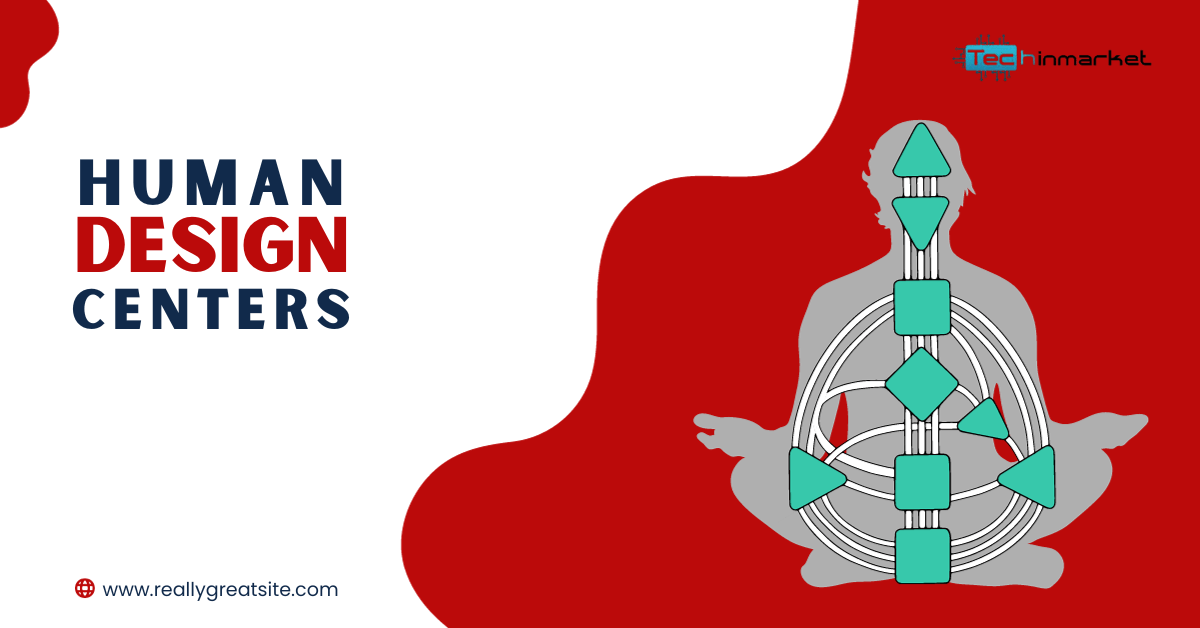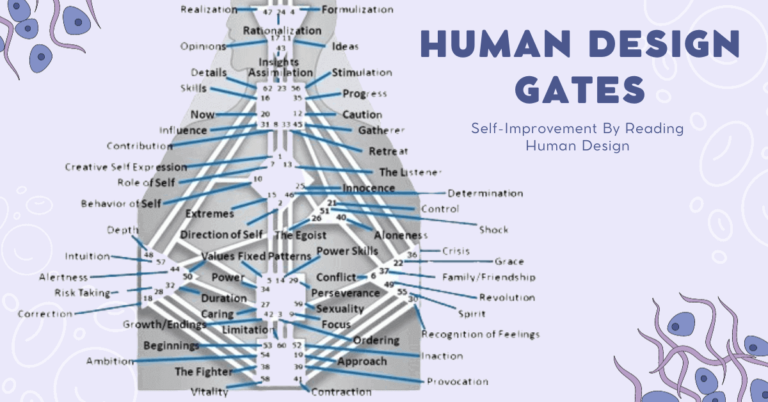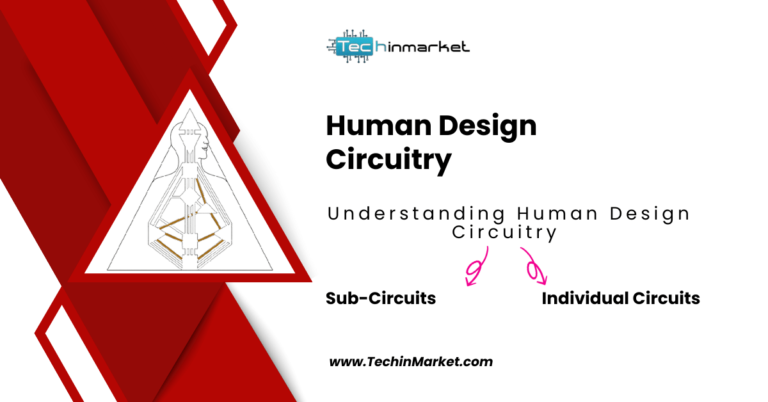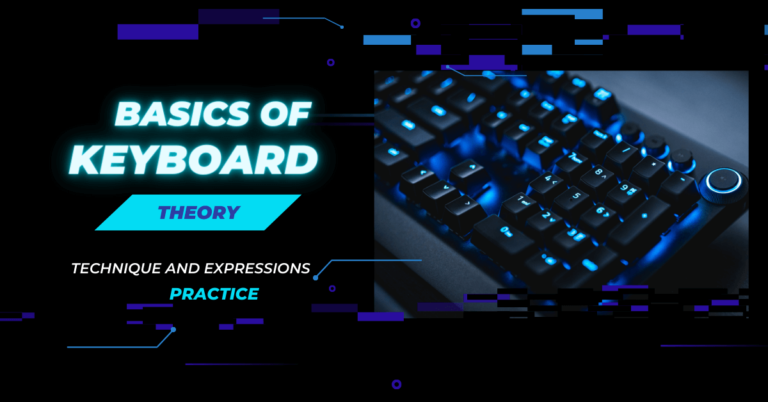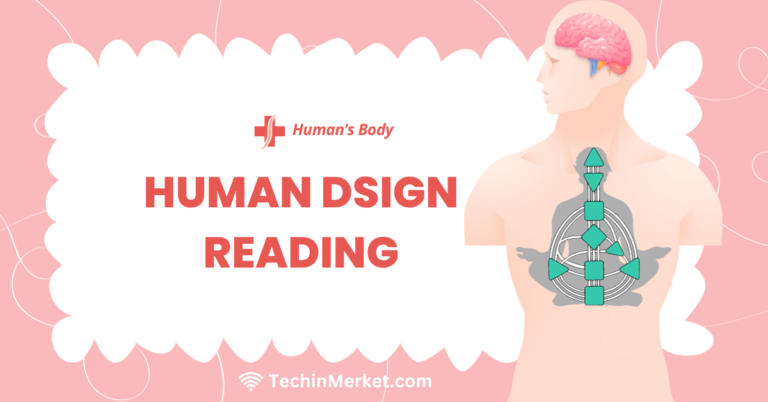In human life, there exists a unique and multifaceted structure that governs the flow of energy within individual the Human design system. At the core of this system lie the enigmatic parts known as Human design centers. These centers play a critical part in shaping our character, dynamic cycles, and overall prosperity. In this thorough investigation, this substance unravels the secrets that underlie their impact on our daily lives.
The human design system
Before diving into the complexities of Human design centers, getting a handle on the basics of the more extensive Human design System is basic. Developed by Ra Uru Hu, this system combines principles of astrology, the I Ching, the Kabbalah, and quantum physics to make a customized outline for individuals. The framework asserts that every person enters the world with a distinctive set of qualities and possibilities, and gaining an understanding of these can pave the way for a more agreeable and authentic life. Also you can read about Human Design Circuitry here.
Human design centers the energy hubs
At the core of the Human design system are nine energy centers, each relating to different parts of our lives. In addition, these centers act as hubs that channel and cycle the different energies we experience, impacting our ways of behaving, choices, and communications. Understanding the elements of these centers gives significant insight into our experience and the difficulties we may encounter.
The Crown Center (Head Center):
The Crown center, located at the top of the head, is related to motivation, mental pressure, and the quest for understanding. At the point when this center is characterized, an individual encounters a reliable flow of mental energy, prompting a natural capacity to embrace complex ideas and a profound sense of purpose. Be that as it may, when vague, it can bring about mental tension and a consistent search for answers.
The Ajna Center:
Situated between the eyebrows, the Ajna Center is connected to mental cycles like analysis, understanding, and decision-making. A characterized Ajna gives clarity and an organized way to deal with critical thinking, while an undefined one may lead to uncertainty and tend to doubt one’s choices.
The Throat Centers:
Often alluded to as the “seat of manifestation,” the Throat center is important for communication and expression. A defined Throat center considers effective and real communication, while an undefined one might prompt difficulties in asserting oneself and a fear of dread toward making some noise.
The G Center (Identity Center):
The G center is at the heart of the Human design chart and is related to one’s sense of identity, direction, and love. A defined G center gives a predictable self-appreciation and a deep association with purpose, while an undefined one might bring about a consistent quest for personality and direction.
The Heart Center:
Situated in the chest, the Heart center is connected to self-control, desire, and ego. A defined Heart center brings about a steady and dependable wellspring of resolution, while an undefined one may prompt a fluctuating identity worth and a propensity to look for external validation.
The Solar Plexus Center:
As the center of emotion, the solar Plexus impacts how we experience and express feelings. A defined solar Plexus gives emotional consistency, while an undefined one might prompt emotional responsiveness and an inclination to retain the feelings of others.
The Splenic Center:
The Splenic Center is related to instinct, impulses, and the body’s immune system. A defined Splenic Center gives a dependable instinctive direction system, while an undefined one may lead to an elevated aversion to natural impacts.
The Sacral Center:
The Sacral Center is the force to be reckoned with of life force energy and essentialness. A defined Sacral Center represents a dependable source of physical and creative energy, whereas an undefined one may lead to a tendency to overcommit and experience burnout.
The Root Center:
Arranged at the base of the spine, the Root center is connected to stress, pressure, and the body’s survival reaction. A defined Root center takes into consideration a healthy reaction to pressure, while an undefined one may lead to a steady condition of pressure and the need to track down the outer source of tension.
Integration and synthesis:
The exchange between these focuses makes the Human design system genuinely strong. An individual’s chart might have specific centers defined or undefined, and the elements between them make a unique energy blueprint. For example, an individual with a defined Throat center and an undefined solar Plexus center may excel in clear communication but may struggle with emotional consistency.
In addition, the activation or deactivation of centers over the long haul, known as conditioning, can altogether affect an individual way of behaving and decision-making. Understanding these patterns is considered a more conscious way to deal with life, empowering individuals to line up with their legitimate selves and pursue decisions that resonate with their real essence.
Holistic Healing practices:
Human design centers offer a holistic way to deal with understanding and tending to difficulties. Integrating this information with holistic healing practices like meditation, yoga, and energy work can intensify the advantages. For example, an individual with an unclear solar Plexus center may find practices that assist with regulating emotion, like care reflection, especially helpful.
Development and Self-improvement:
Human design centers are not static; they can advance and change over the long haul, reflecting individual development and improvement. Following these changes can offer a guide for individual development, featuring areas of focus for continued self-revelation and improvement. Embracing the fluidity of Human design urges a dynamic approach to deal with self-improvement.
Leadership and team dynamics:
Human design centers have practical applications in leadership and team dynamics. A leader who understands the energy elements of their colleagues can advance cooperation, influence individual qualities, and establish an environment helpful for development and efficiency. This approach encourages a culture where each member feels seen, valued, and empowered.
Difficulties and Reactions:
While the Human design system has acquired popularity for its insightful approach to dealing with individuality and personal growth, it isn’t without its reactions. Skeptics contend that the system needs empirical proof and logical approval, and understandings may shift generally among practitioners. Moreover, the complexity of the system might be overpowering for certain individuals, prompting confusion instead of clearness.
Conclusion
Human design centers act as the intricate machinery through which the energies of the universe flow and manifest inside every individual. By unraveling the mysteries of these energy centers, we gain significant insight of knowledge into our unique attributes, difficulties, and possibilities. As the Human design system continues to gain recognition and application in different fields, it offers an extraordinary blueprint for individuals looking for a more legitimate and deliberate life. Whether exploring career choices, exploring connections, or simply deciding, the insight implanted in Human design centers gives a compass to living in arrangement with our actual selves.

